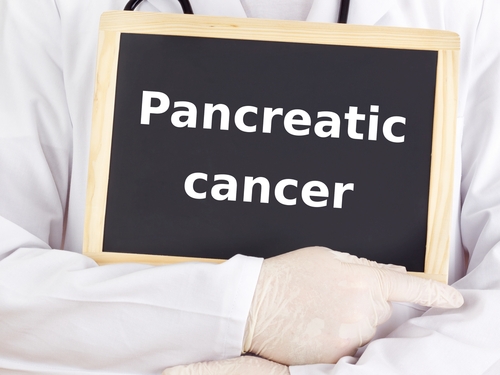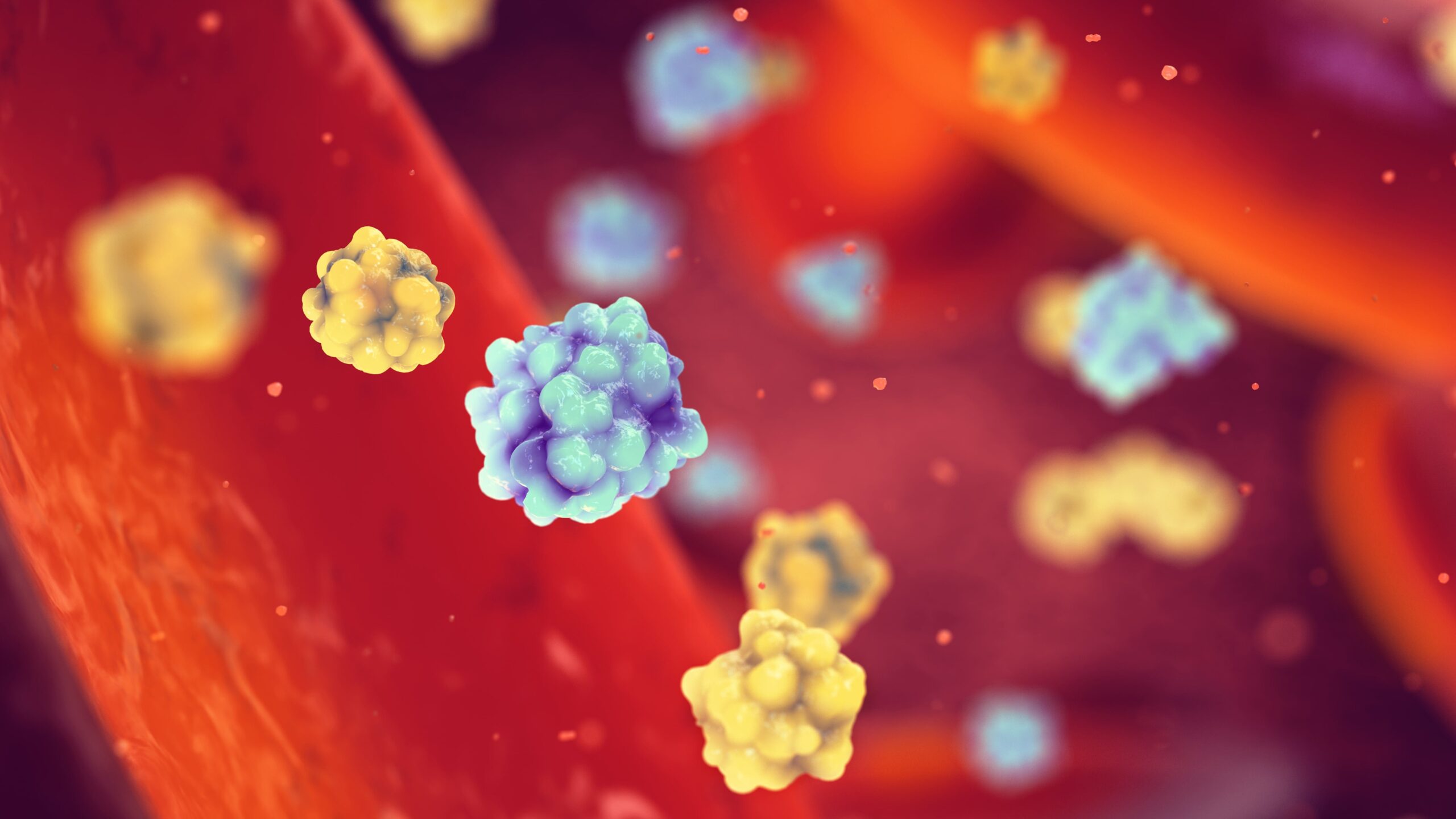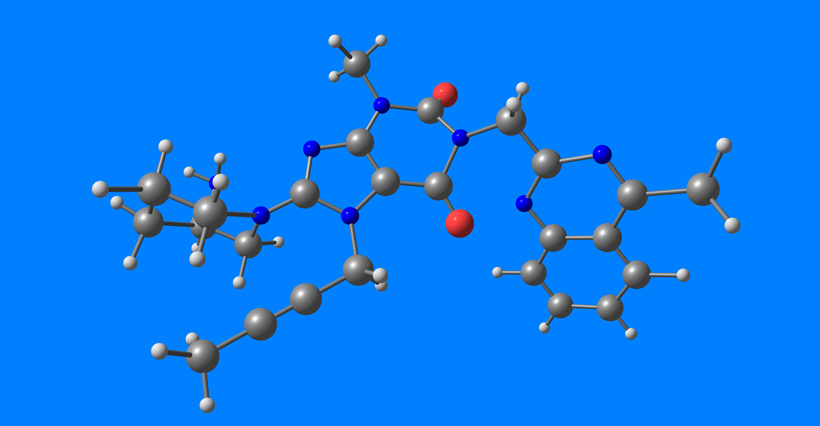
A study sought to differentiate between diabetes due to pancreatic ductal adenocarcinoma (PDAC-D) and type 2 diabetes (T2D). The findings were presented at the 83rd Scientific Sessions of the American Diabetes Association in San Diego, California.
“Diabetes due to PDAC-D is often difficult to clinically distinguish from T2D, and both insulin resistance and reduced insulin secretion have been implicated in its pathophysiology. Although these metabolic defects are similar to those seen in T2D, the degree to which they relatively contribute to hyperglycemia in PDAC-D has not been established. Additionally, there is a lack of understanding of alpha cell function in PDAC-D,” the researchers wrote.
To address these gaps, researchers conducted the DETECT study, which included 28 patients with PDAC-D and 99 with T2D who underwent a standardized liquid mixed-meal tolerance test with serum glucose, insulin, and glucagon measurements. The study found that hemoglobin A1C was higher in patients with PDAC-D versus those with T2D (7.27% vs 6.58%; P=.03). The researchers also observed that insulin sensitivity was 2.5-times higher in patients with PDAC-D compared with those with T2D (3.65 vs 1.45; P<.001). In contrast, insulin secretion was 81% lower in patients with PDAC-D (18 μU/mg vs 95 μU/mg; P<.001).
“These results suggest that impaired insulin secretion is considerably more important than insulin resistance in the etiology of hyperglycemia of PDAC-D and that postprandial alpha-cell dysregulation is likely to play a greater role than previously recognized. Collectively, these data also suggest that targeting insulin and glucagon levels, rather than insulin resistance, may be a more effective strategy to treat PDAC-D,” the researchers concluded.







 © 2025 Mashup Media, LLC, a Formedics Property. All Rights Reserved.
© 2025 Mashup Media, LLC, a Formedics Property. All Rights Reserved.